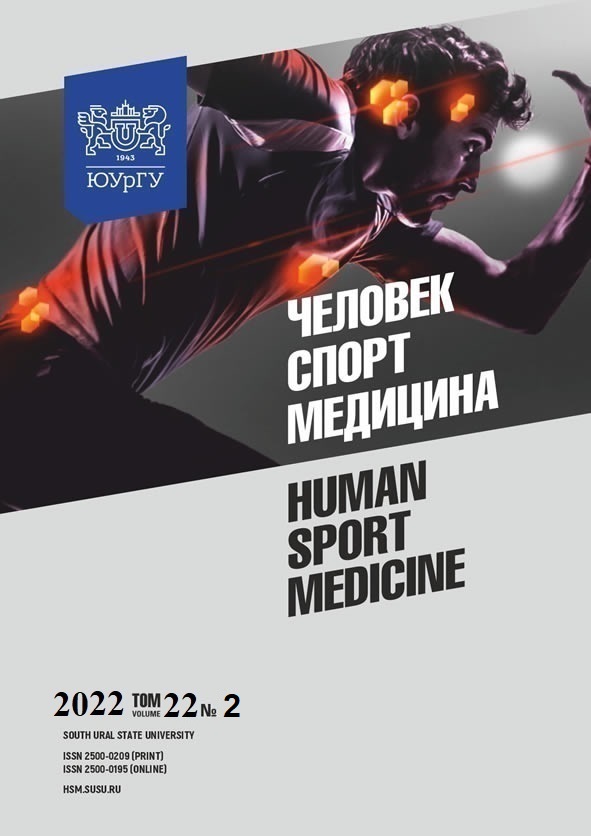AUTONOMIC REGULATION IN PARALYMPIAN ATHLETES WITH SPINAL CORD INJURY WITHIN THE COMPETITIVE CYCLE OF ATHLETIC TRAINING
Abstract
Aim. The paper aims to evaluate autonomic regulation in athletes with spinal cord injury within the competitive cycle of athletic training. Materials and methods. 28 Paralympic athletes with spinal cord injury were examined (segments from C 4–5 to Th 4–5 and the segments below Th 6–7). All athletes play regularly table tennis (Candidates for Master of Sport, Masters of Sport). Heart rate variability and resting autonomic regulation were analyzed with the POLYSPECTR software and hardware complex. The data were obtained during a 5-minute recording. The type of cardiovascular response to exercise was identified with the exercise test and exercise intensity with a predetermined load. Results. Three groups were formed at the end of the study. Vagotonics and eutonics have hidden signs of tension in the regulatory system, which became evident during spectral analysis. The functional status of athletes with spinal cord injury was assessed in accordance with baseline autonomic regulation. Conclusion. The early detection of tension in Paralympian athletes with spinal cord injury will allow to improve their training process and prevent the unfavorable effects of intensive physical exercise.
References
References on translit
Copyright (c) 2022 Human. Sport. Medicine

This work is licensed under a Creative Commons Attribution-NonCommercial-NoDerivatives 4.0 International License.















